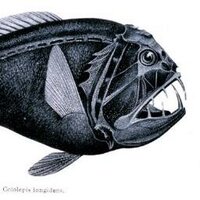
oceanbites
@oceanbites
Cutting-edge oceanography and marine biology research, explained
ID: 1657728668
https://linktr.ee/oceanbitesorg 09-08-2013 13:09:43
2,2K Tweet
17,17K Followers
5,5K Following





















@oceanbites
Cutting-edge oceanography and marine biology research, explained
ID: 1657728668
https://linktr.ee/oceanbitesorg 09-08-2013 13:09:43
2,2K Tweet
17,17K Followers
5,5K Following



















